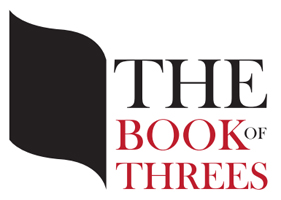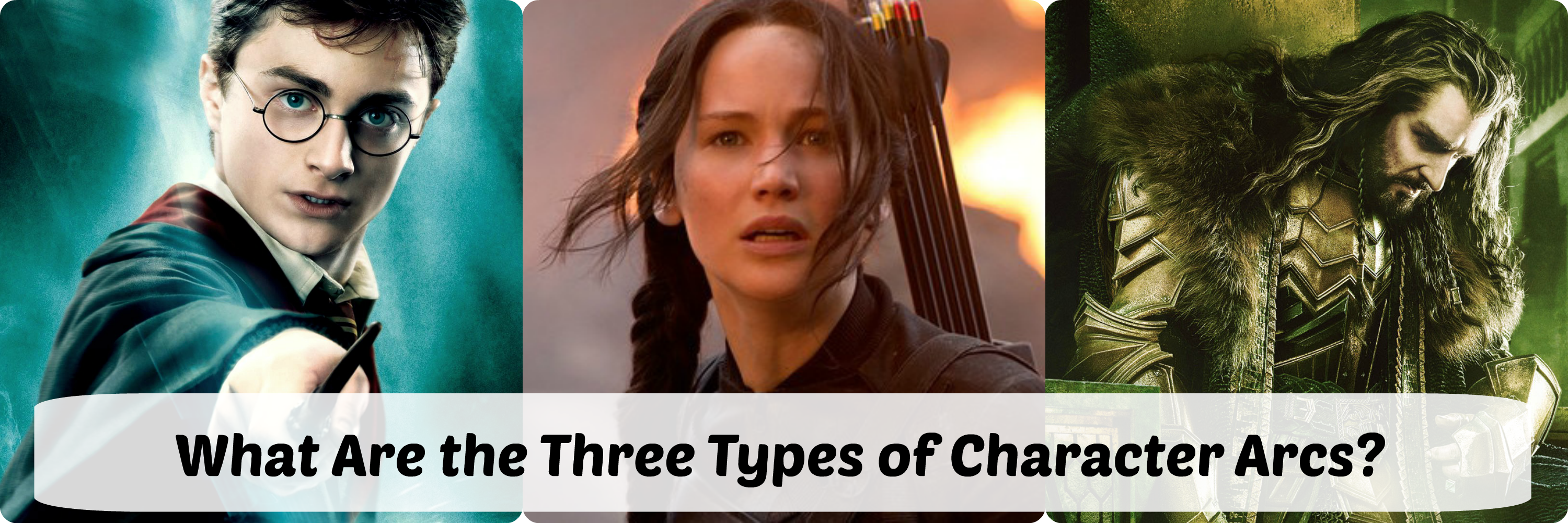
Something, nothing, and everything comes in threes. Enjoy this 9 minute expose on why we conceptualize, organize, and tri-compartmentalize in threes.
”Three is the magic number”
The Book of Threes
Language is based in threes. Sender, message, receiver. Subject verb object. A language involves a semantic system, a phonological system, and a syntactic system. Phonetics study the sounds of languages from three basic points of view.

Something, nothing, and everything comes in threes. Enjoy this 9 minute expose on why we conceptualize, organize, and tri-compartmentalize in threes.
”Three is the magic number”
The Book of Threes

Story arcs are the overarching structures that define the progression of a narrative. There are several ways to categorize them, but one common classification involves three main types of story arcs: the “Three-Act Structure,” the “Hero’s Journey,” and the “In Media Res” or “Mid-action” story arc. These arcs offer different approaches to creating engaging and satisfying narratives.
How to use it: The Three-Act Structure provides a clear and easily digestible narrative framework, making it a popular choice for many stories. It helps build tension and allows for character development as the plot unfolds.
How to use it: The Hero’s Journey is a powerful and timeless structure that resonates with audiences because it reflects the universal theme of personal growth and transformation. It’s especially useful for epic and fantasy narratives.
How to use it: Starting in media res can immediately engage the audience and raise questions, which can drive the narrative forward. It’s particularly effective for stories that benefit from a sense of mystery and intrigue.
In addition to the three main story arcs, other groupings in threes you can explore in storytelling include:
These storytelling elements can be mixed and matched to create unique and engaging narratives, depending on the type of story you want to tell and the impact you want to have on your audience.
Admin | Bookofthrees

Do you recall studying for your exams? You probably do. But do you remember how you studied, how you memorized French words or the year of the American civil war? Now, that’s probably harder. As a teenager, Ricardo Lieuw On was packing groceries when he knew what he wanted to study: he wanted to learn about learning. He picked up a study in psychology and learned how to reduce his learning time from 3 hours to 1 hour on the same piece of content. He gained the same knowledge in 200% less time. And specially for TEDxHaarlem, he shares the secret of his technique. This talk was given at a TEDx event using the TED conference format but independently organized by a local community. Learn more at https://www.ted.com/tedx
Source: https://www.youtube.com/watch?v=JsC9ZHi79jo